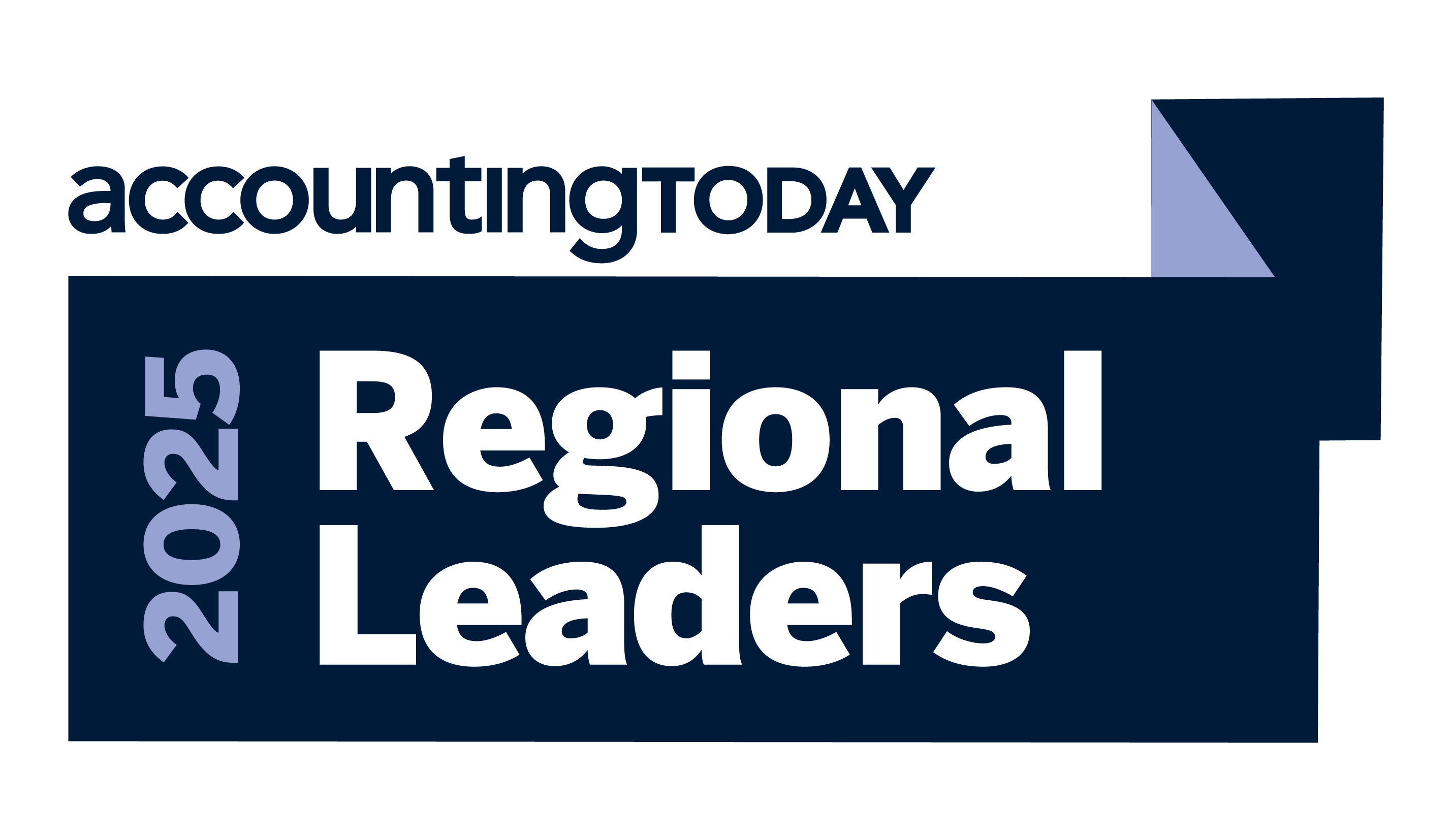Insights
We are proud to be named a West Coast Regional Leader for 2025


Retirement readiness in any economy: how to know when you’re truly prepared
ARTICLE | October 20, 2025
Authored by Vasquez + Company
Retirement is both a financial and emotional milestone - the culmination of decades of work and planning. Yet deciding when, exactly, to retire can feel like uncomfortable guesswork with seemingly high stakes. What if the market drops right after you leave work? What if inflation keeps rising or healthcare costs grow faster than expected? For many, the question becomes a constant loop of “what-ifs,” leaving them unsure whether they can ever feel truly ready.
The truth is, retirement timing is rarely about perfect conditions. It’s about preparation - aligning financial stability with personal readiness so you can retire with confidence, even in uncertain times. And uncertainty, as recent years have reminded us, is always part of the picture.
In this article, we’ll explore several key considerations that can help you navigate that uncertainty - ways to understand your readiness, manage risk, and approach one of life’s biggest transitions with clarity rather than hesitation.
The myth of the "perfect time"
It’s natural to worry about when to retire. The decision carries weight, and with markets shifting daily, it’s easy to feel like timing is everything. But even professional investors and economists can’t consistently predict recessions, recoveries, or periods of inflation.
Waiting for every indicator to line up before you retire may feel safe, but in reality, it often means waiting indefinitely. There’s rarely a moment when the economy feels perfectly stable. And in that waiting, something valuable can slip away: the freedom, time, and flexibility you’ve worked so hard to achieve.
That doesn’t mean you should ignore caution. It means recognizing that readiness, both financial and personal, matters far more than finding the “right” economic moment. A well-constructed plan should be built to weather good markets and bad.
Let’s start by looking at some of the factors that can make retirement timing feel more complicated and how to navigate them wisely.
Recognizing red flags: timing challenges and how to manage them
Even the best-laid retirement plans can feel uncertain when the economy sends mixed signals. Inflation rises, markets swing, and news cycles amplify anxiety. These conditions don’t necessarily mean you shouldn’t retire, but they do call for flexibility and careful planning.
Retiring during a market downturn
Leaving the workforce just as markets dip can create what’s known as sequence-of-returns risk - the danger of selling investments for income when prices are temporarily low. This early depletion can make it harder for your portfolio to recover, even if markets eventually rebound.
If you’re considering retirement in a volatile market, build a cash cushion. Ideally, keep one to two years of expenses in cash or short-term bonds to avoid selling investments at a loss. It’s also a good idea to rely on cash reserves or reduce spending temporarily during downturns. The goal is to ensure your plan can ride out market cycles without forcing difficult decisions at the worst possible times.
Periods of high inflation
Inflation is a nearly persistent concern, affecting everything from groceries to healthcare. Even modest annual increases can erode purchasing power over time, especially for retirees on fixed incomes.
Diversifying income sources can help, such as adding Treasury Inflation-Protected Securities (TIPS) or real assets such as real estate and commodities. It’s also wise to revisit your spending plan each year, adjusting for the actual effects of inflation rather than assuming expenses will remain static. And maintaining some exposure to equities can help preserve long-term purchasing power, as stocks historically tend to outpace inflation over time.
When income sources aren’t coordinated
Retirement income often comes from several sources - Social Security, pensions, investment accounts, and required minimum distributions (RMDs). If these aren’t coordinated properly, you could pay more in taxes than necessary or draw down savings too quickly.
Coordinating income requires careful timing and strategy. For instance, delaying Social Security benefits can significantly increase lifetime income, especially for those who expect a longer retirement horizon. Likewise, the order in which you draw from taxable, tax-deferred, and Roth accounts can make a meaningful difference in how much you owe in taxes each year. Planning for RMDs before they become mandatory can also help smooth out income and prevent large, unexpected tax bills later. In short, retirement income planning is as much about timing within retirement as it is about deciding when to retire in the first place.
When it’s a good time to retire
Once you’ve considered potential headwinds, the next step is to evaluate your personal and financial readiness. Knowing when it’s a good time to retire isn’t about finding a calm economy or perfect forecast; it’s about recognizing when your foundation is strong enough to support the life you want.
When your financial plan proves sustainable
A sustainable plan is the foundation of confident retirement timing. Many financial planners reference the “4% rule” - withdrawing roughly 4% of your portfolio in the first year of retirement, adjusted for inflation, to make your savings last about 30 years. It’s a helpful benchmark, but not a guarantee. Today’s retirees face longer lifespans and different market conditions than when the rule was conceived. The key is to stress-test your plan under various scenarios to ensure it’s resilient enough for the long run. For early retirees, a rising equity glide path - starting with more conservative investments and gradually increasing equity exposure - can help balance early risk with long-term growth.
When healthcare coverage is secured
Healthcare remains one of the largest and least predictable retirement costs. For many, waiting until age 65, when Medicare eligibility begins, provides cost stability. For those retiring earlier, bridging the gap through a spouse’s coverage, COBRA, or marketplace insurance is essential. It’s also wise to budget for deductibles, out-of-pocket costs, and long-term care planning to avoid surprises.
When debt is under control
Carrying significant debt into retirement can add stress to what should be a time of freedom and flexibility. While not all debt is inherently negative (some may choose to keep a low-interest mortgage for liquidity or tax reasons), high-interest or variable-rate debt can quickly erode income. Paying down or managing balances before retirement provides both financial stability and peace of mind. Think of debt reduction as a form of guaranteed return: every dollar you no longer owe is a dollar that doesn’t need to be earned or withdrawn from your portfolio.
When lifestyle goals align
Financial readiness is only half the equation; emotional readiness completes it. The transition from work to retirement changes not only how you spend your money but how you spend your time. Think about what your ideal week looks like - travel, volunteering, family time, or creative pursuits. When your goals align with your finances, when you’re not retiring from something, but toward something, that’s often the clearest sign you’re ready.
Strategies to reduce "timing risk"
Uncertainty will always be part of retirement, but with a flexible plan and proactive strategies, you can retire confidently even in less-than-ideal conditions.
A phased retirement - gradually reducing hours or consulting part-time - can ease both financial and emotional transitions, allowing investments to keep growing while you adjust to new routines.
Dynamic withdrawal strategies that adjust spending based on market conditions can protect your portfolio’s longevity. One evidence-based approach involves setting a baseline withdrawal rate (like 4%) but revisiting it annually to reflect market conditions, inflation, and personal goals.
Keep tax planning front and center
Taxes are one of the few variables retirees can actively manage. Thoughtful tax diversification through a mix of taxable, tax-deferred, and Roth accounts gives you flexibility to draw from different sources as conditions change.
Strategies like Roth conversions, charitable giving plans, and coordinated withdrawals can help reduce lifetime taxes and extend the life of your portfolio.
Coordinating these moves with an advisor or accountant ensures your retirement income plan isn’t just sustainable, but tax-efficient.
Focus on readiness, not timing
Retirement timing is not about chasing the economy. It’s about preparedness.
There will always be headlines warning of recessions, inflation, or market swings. But a strong, flexible plan endures them all. By focusing on what you can control - your savings, debt management, healthcare coverage, and income coordination- you can retire on your terms, regardless of the economic climate.
If you’re thinking about retirement but aren’t sure whether the timing feels right, now is the time to review your plan. Speak with one of our advisors to stress-test your strategy and ensure your financial readiness aligns with your life goals.
Let’s Talk!
You can call us at +1 213.873.1700, email us at solutions@vasquezcpa.com or fill out the form below and we’ll contact you to discuss your specific situation.
Required fields are marked with an asterisk (*)

Vasquez + Company LLP has over 55 years of experience performing audit, tax, accounting, and consulting services for nonprofit organizations, governmental entities, and private companies. We are ranked among the top 1% of accounting firms by the AICPA and deliver tailored solutions that meet the unique needs of each client.
For more information on how Vasquez can assist you, please email solutions@vasquezcpa.com or call +1.213.873.1700.
Subscribe to receive important updates from our Insights and Resources.